The gardener’s to-do list might be quietening, and the nights are drawing in – but winter is a wonderful time to indulge your wild side in the garden.
Many native birds, insects and mammals are marching into your backyard on the lookout for food and shelter at this time of year. Solitary blackbirds perform a tug-of-war with worms in your lawn, robins sing wistfully from bare branches and ladybirds huddle under fallen leaves and tree bark.
Growing a diverse mix of plants such as grasses, hedges and trees is a brilliant way to provide a pick-and-mix pantry and ‘warm space’ for wildlife. And working together with nature in this way creates a healthy interdependency (and natural pest control) that in turn builds a resilient garden.
Here’s six ways to create friendly habitats for wildlife this winter…
Befriend your birds
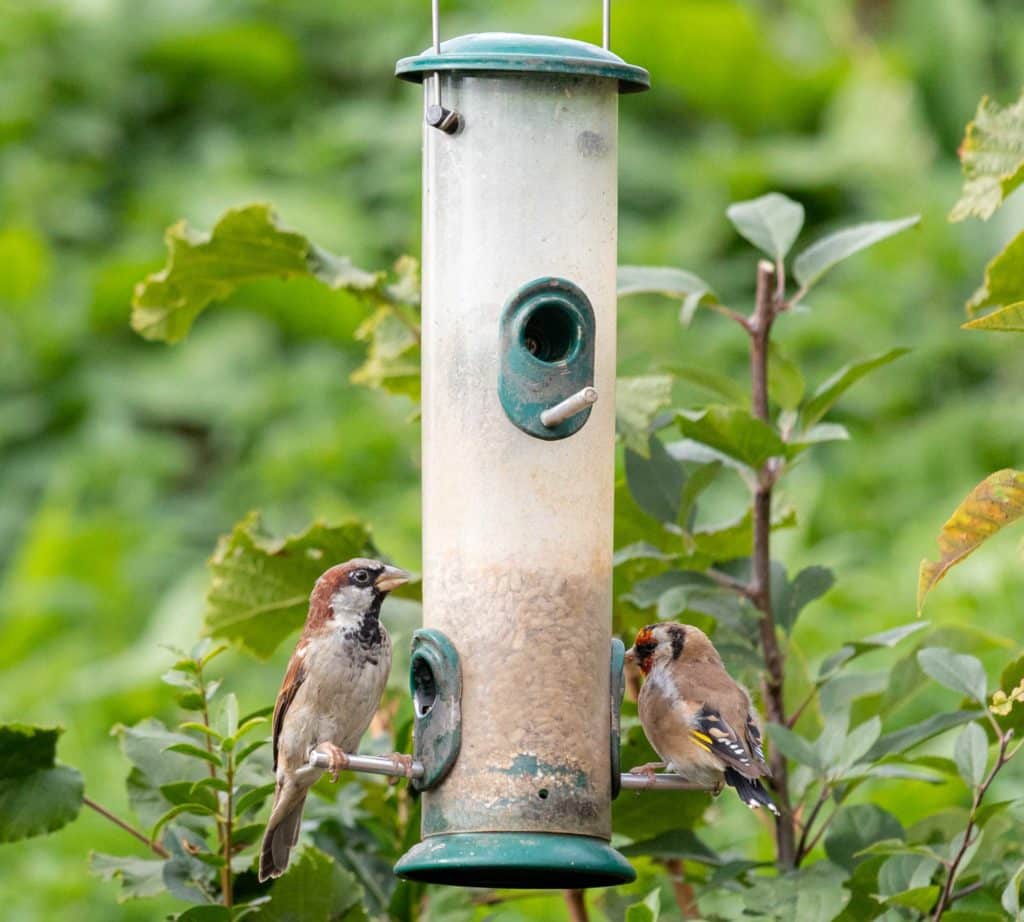
Starlings, robins, blue tits and sparrows like somewhere warm to shelter from the rain and wind. Add some bird boxes around your garden, or better still plant low-growing, multi-stemmed shrubs for cover and food. Good choices for berries include barberry (Berberis vulgaris), Firethorn (Pyracantha coccinea) or Guelder rose (Viburnum opulus).
Cut out the cutting back
Let part of your lawn grow long as this creates a fantastic natural bird table for blackbirds and thrushes. And if you need to trim back flowerheads, leave tussocks of foliage at ground level for hibernating invertebrates. This will also provide a banquet for birds and protect new growth from frost.
Think vertical
The hairy seedheads of Wild Clematis (Clematis vitalba), often called ‘old man’s beard’, are a popular winter food for birds and small mammals. Ivy also has a gold star for its wildlife supporting properties. It flowers September to November – providing late-season nectar – and offers year-round cover in shady areas. Black orbs of berries in late winter are an excellent source of food for blackcaps, woodpigeons, robins and thrushes.
Save some windfall apples
If you’re lucky enough to have fruit trees, allow some of the fruit to rot on the ground. They make a lovely snack for birds, and also late butterflies such as peacocks and red admirals that feed on them before hibernation.
Leave some leaves
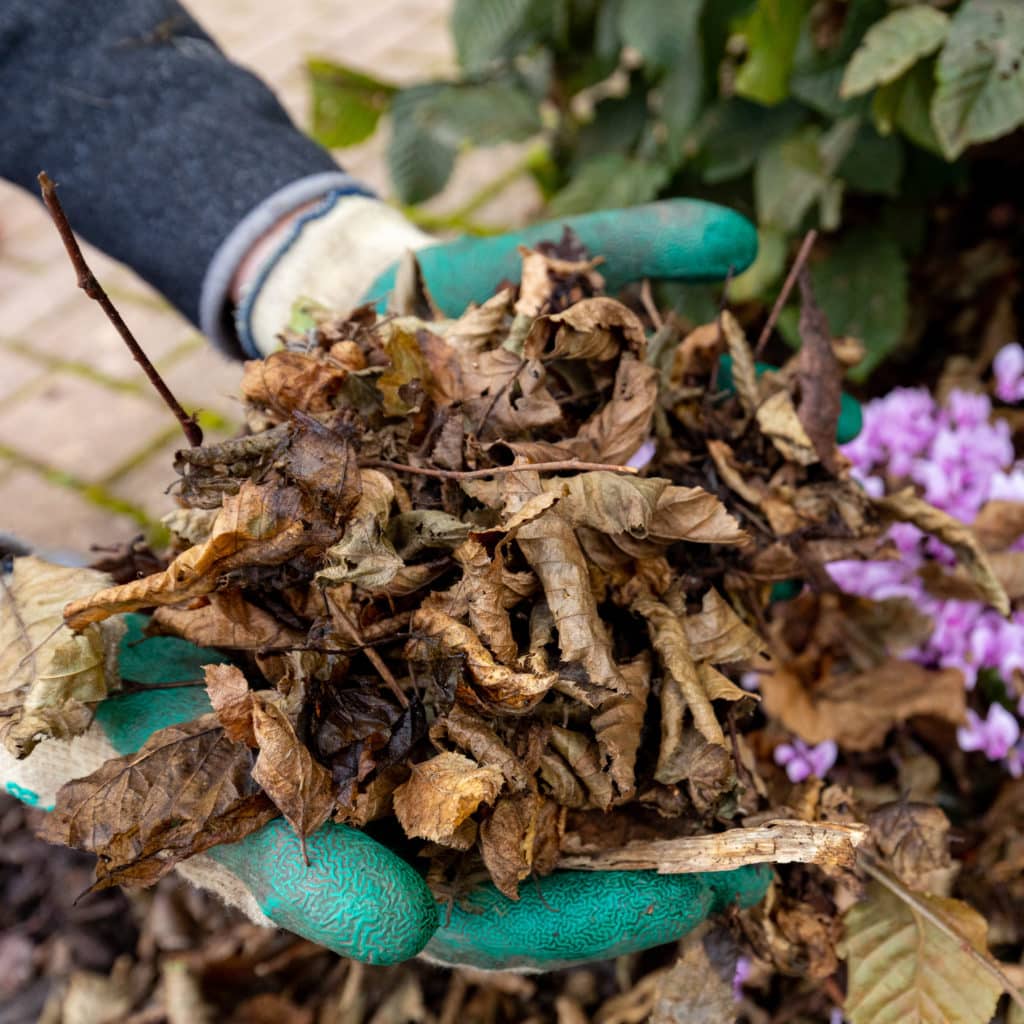
Leaf litter and pruned stems can be stored as a refuge area for hibernating insects and hedgehogs.
Pile it up
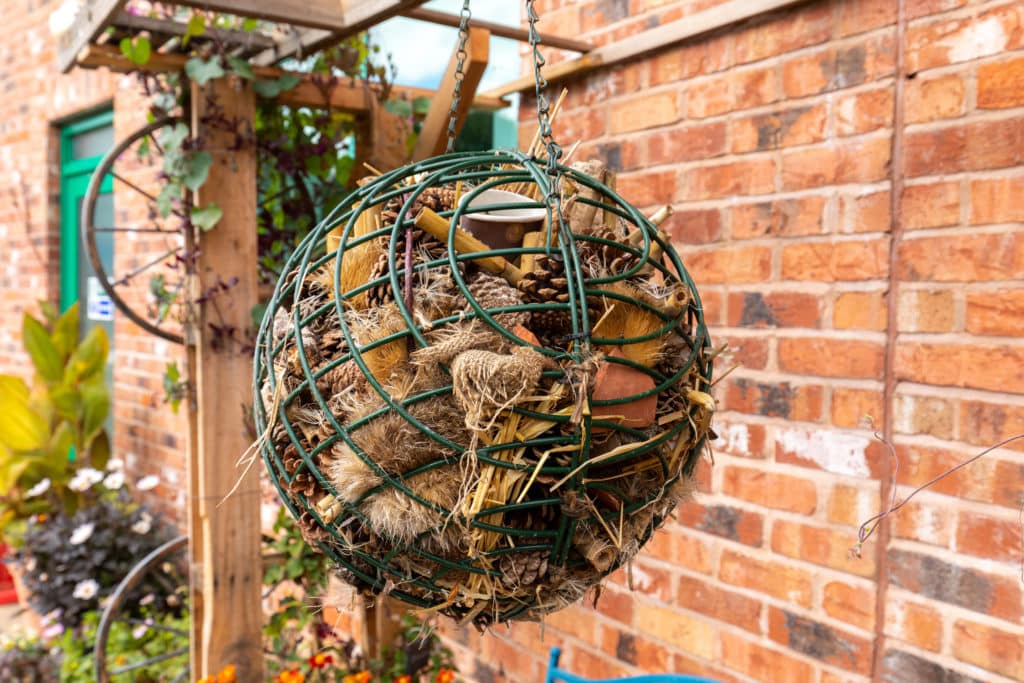
Mounds of debris such as logs and branches are ideal for minibeasts, and bigger creatures such as frogs and toads. Consider building a ‘dead hedge’, created from vertical piles of small logs and leaves inside a chicken wire frame. If your garden is small, you could stuff wall-mounted baskets with natural materials, such as pinecones, straw, seedheads, broken terracotta pots and pieces of bamboo cane. Or make a hanging habitat from two old hanging baskets, filled with material. It will be the perfect home for flying creatures such as bees, ladybirds and beetles.
The Grow Your Own Wicked Leeks series is written by Garden Organic, the national charity for organic growing. Each month we bring you timely advice on what to do in your organic patch, whether you’re an experienced grower or just starting out. Share your own tips and gardening photos on social media under #GYOWickedLeeks.

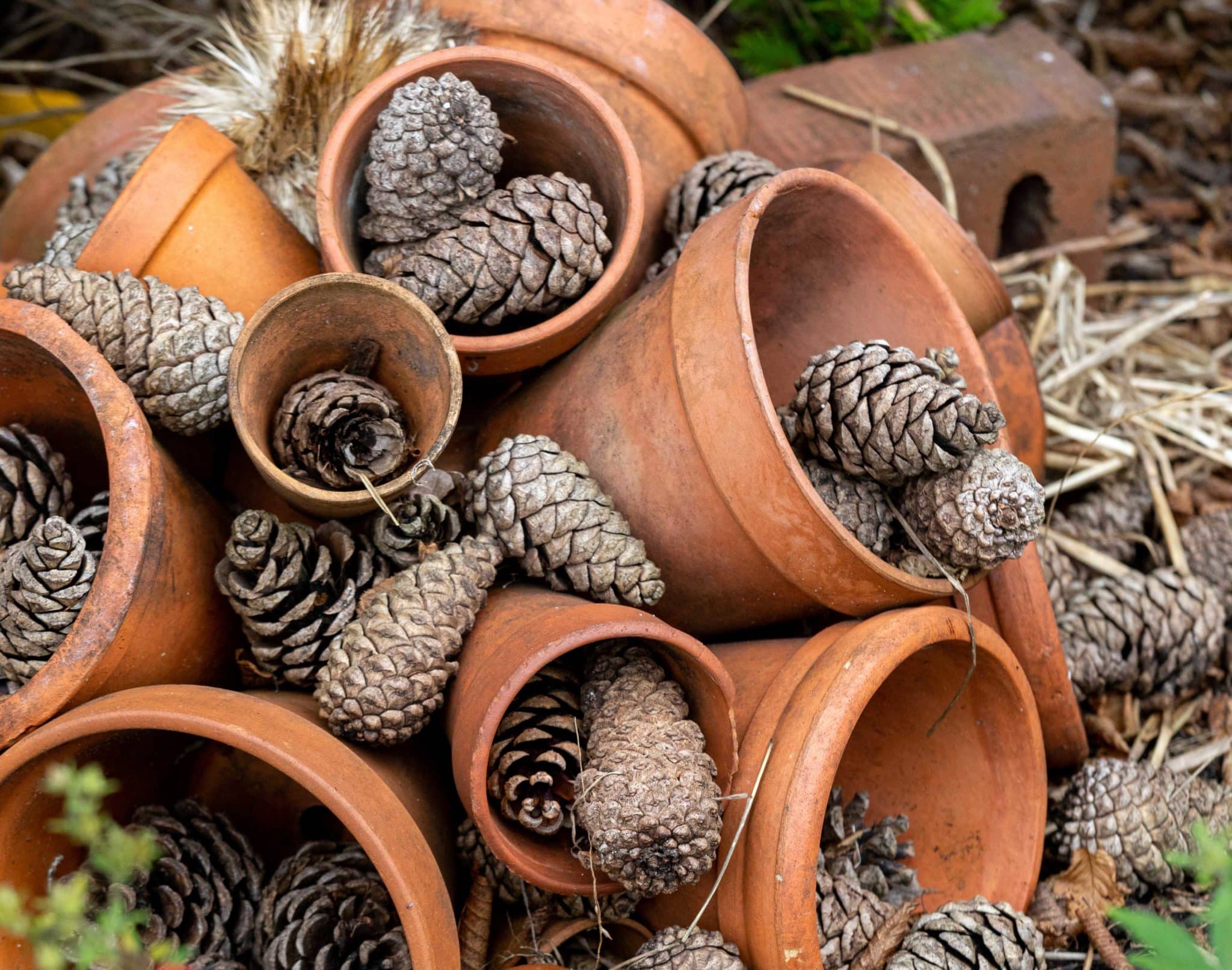

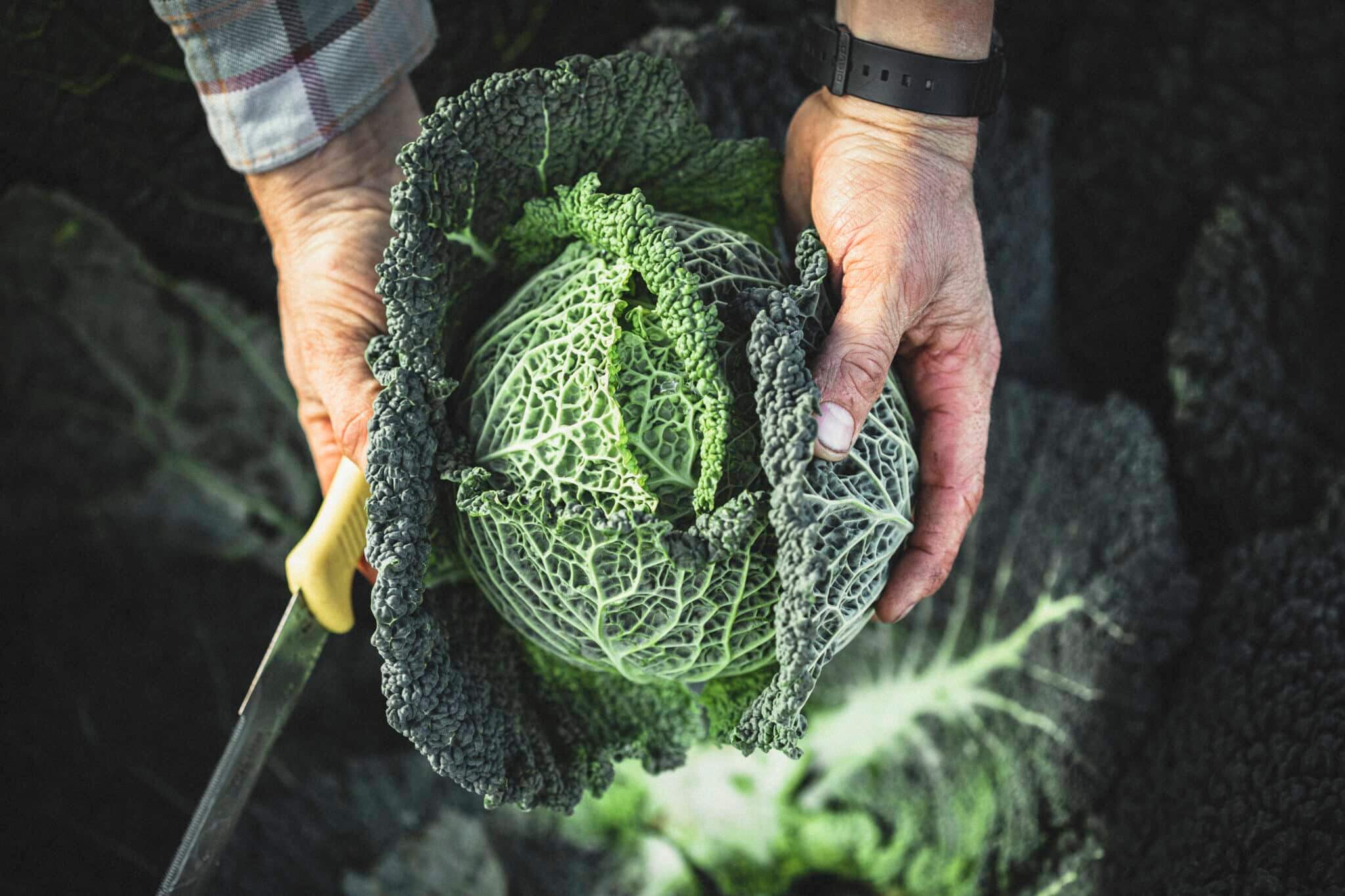

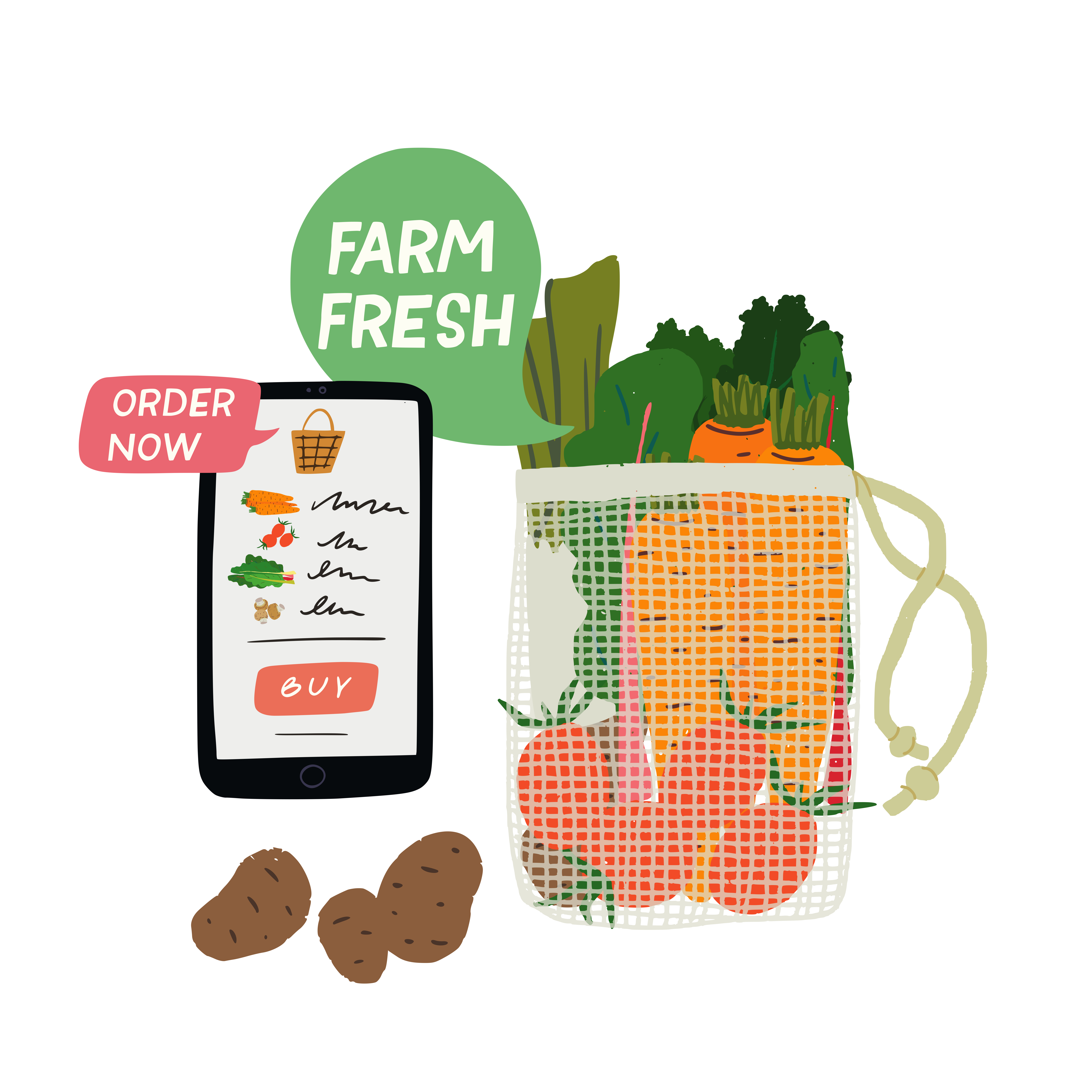
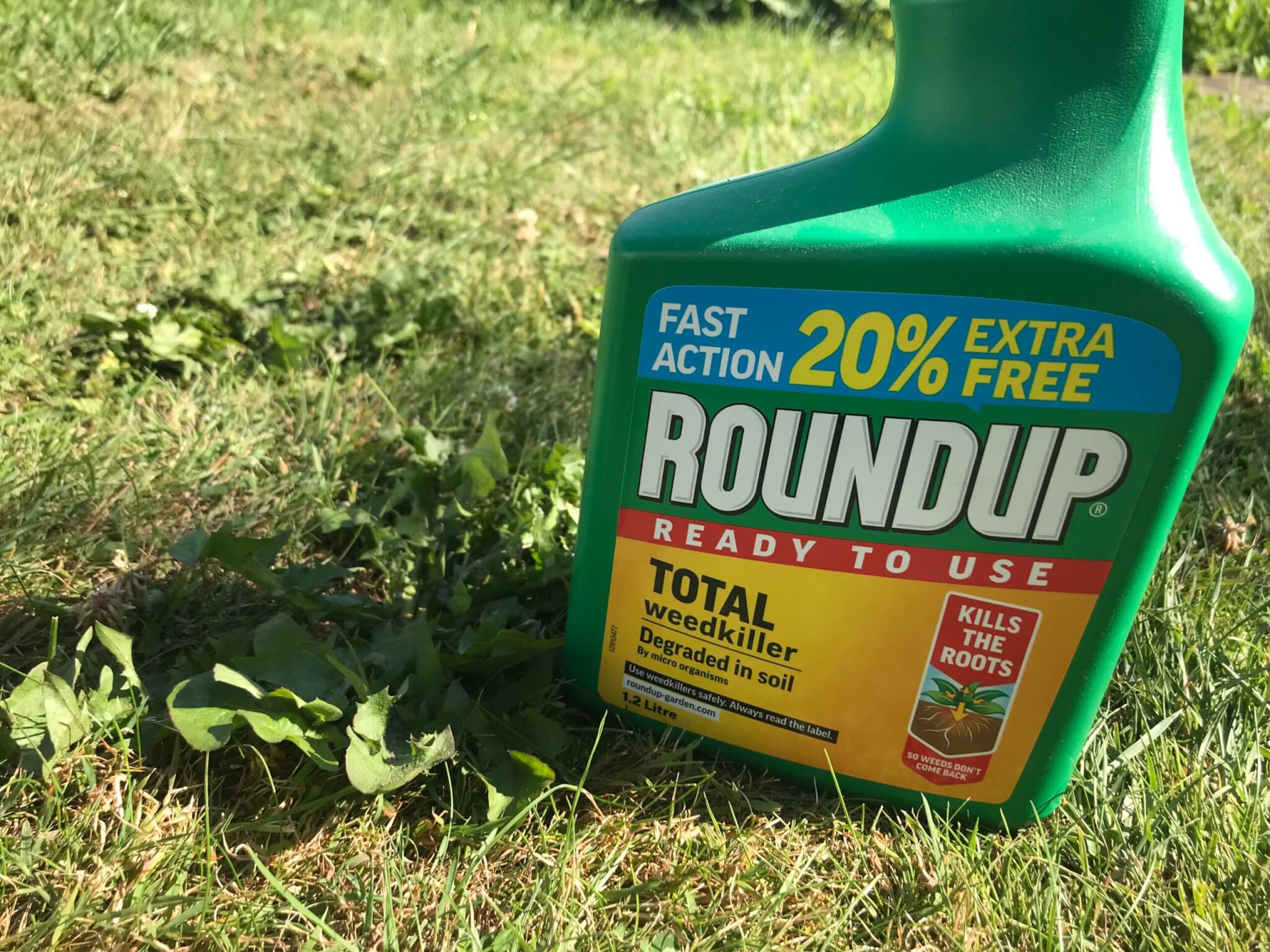

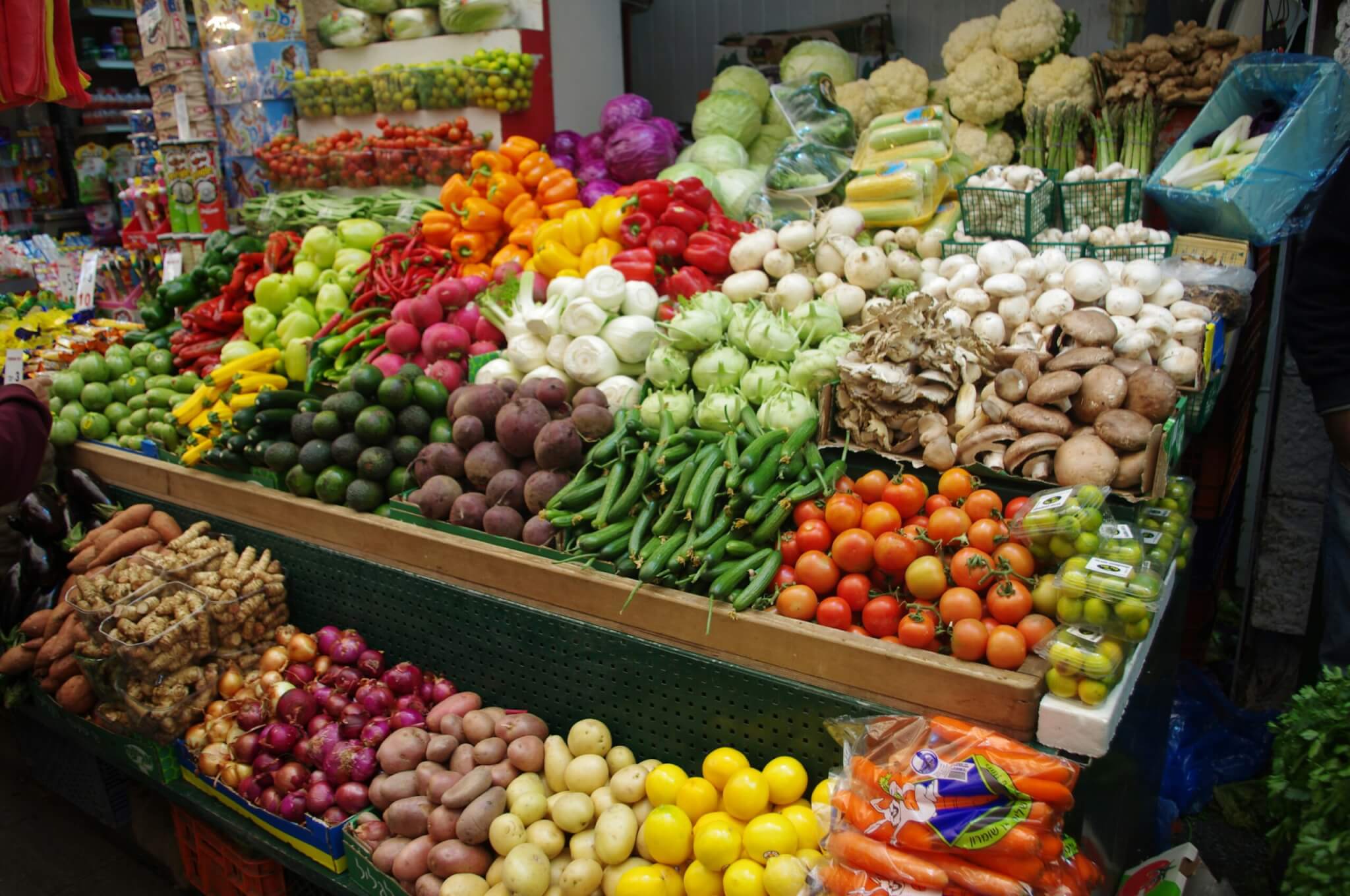
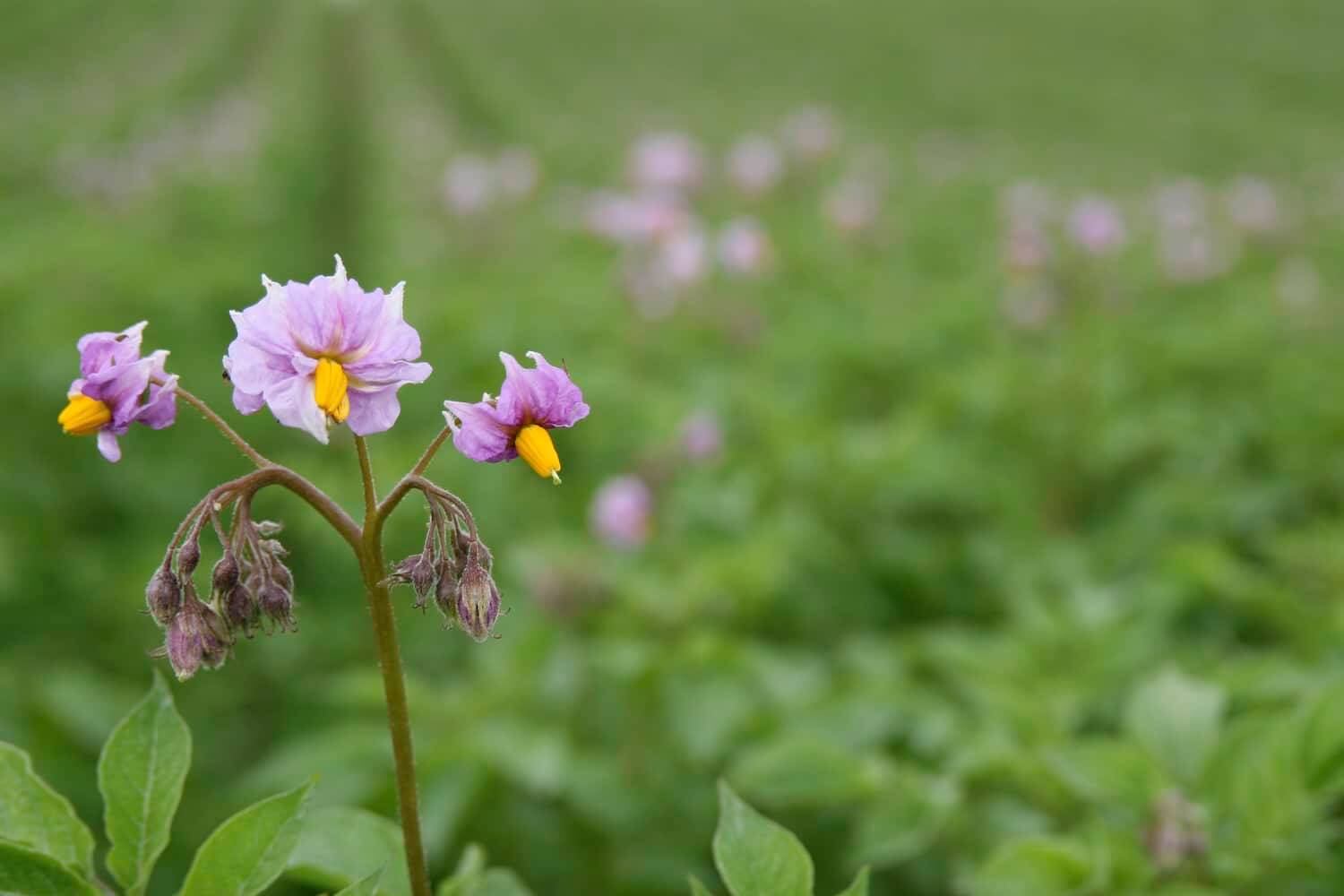




0 Comments